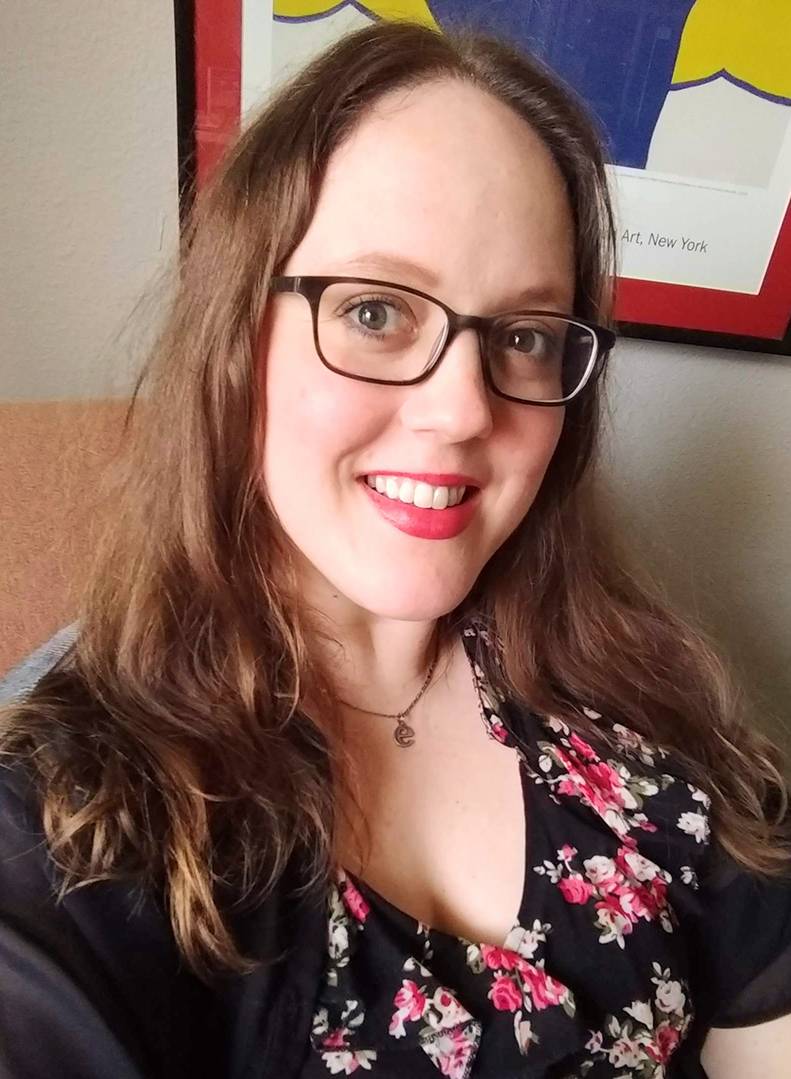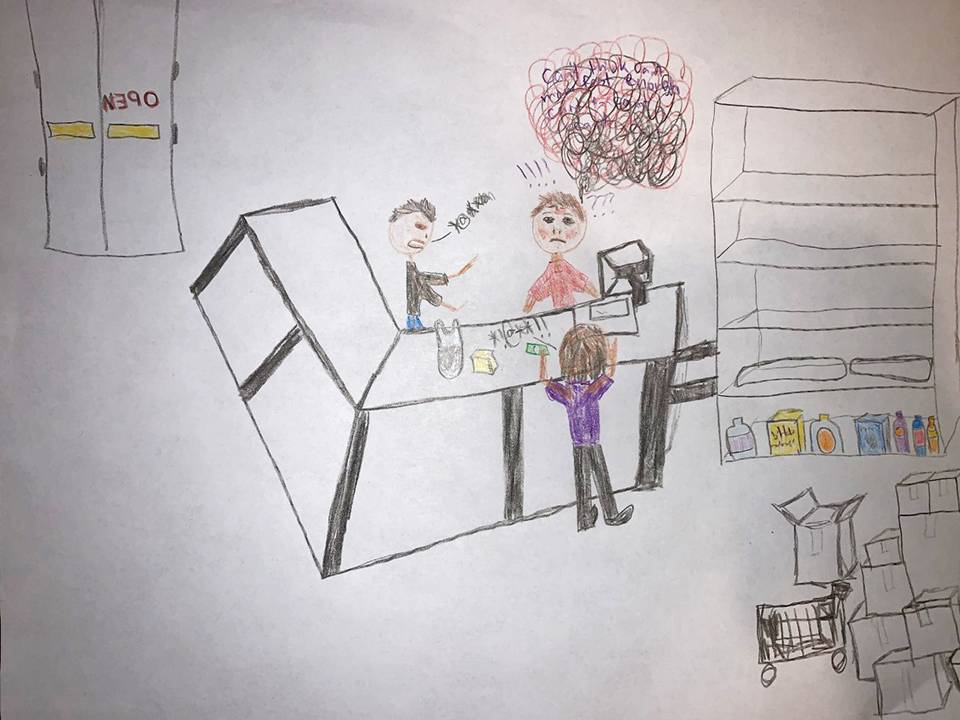Communication Studies professor looks at how presenteeism affects workers and work places
Julie Cooper | August 3, 2021


Presenteeism (present-tee-ism) – or sickness presence, is the act of showing up for work without (really) being productive. You are there because you have a project to finish, a boss or co-workers who depend on you, or no sick days.
“It would be anytime someone is working while sick and/or with a health condition,” said Texas State University’s Dr. Elizabeth K. Eger, assistant professor in the Department of Communication Studies. The title of the research is “Understanding communication about presenteeism in relationship to workers, occupations, organizations, and intersection of identities.”
She was assisted by two Communication Studies graduate students (now TXST alums) for recruitment and interviews, Tori Miller and Michael Tahmoressi. Two of the graduate courses that Eger teaches that prepared Miller and Tahmoressi for undertaking this research are “Work, Identity, and Difference” and a qualitative methods course in which she teaches students how to do observations, interviews, and arts-based methods.
The first phase of this research – with 129 respondents – kicked off in 2019 just before the pandemic began, Eger said. Phase two, with 100 participants, took place this spring when the pandemic was in full swing, and people were beginning to have access to vaccines. She presented preliminary findings at the spring TXST Translational Health Research Center’s Health Scholar Showcase and has received a REP (research enhancement program) grant from the university.
Eger said it has been interesting doing this research during the pandemic because of “the ways that people are responding to Covid while sick, and for some of our participants, that has radically changed their approach to taking sick time or their organizations for creating sick time for the very first time – because of the contagious nature of the virus and its inherent risk. For other people, it’s kind of starting new trends that I think are equally troublesome about practices of presenteeism.”
“I have noticed how some organizations – and also state and national government policies – are creating more paid leave,” she said. This goes to the ‘why’ of Eger’s research: “When workers are better taken care of and are healthier that positively impacts the workplace,” she said. She looks to understand how presenteeism varies across occupations – white collar with paid sick time vs. blue collar and/or someone who works multiple jobs to support a family without paid time off.
One reason people engage in presenteeism is that they don’t have paid sick leave and COVID has changed this for many. Some of the research survey participants are in the restaurant industry, and CARES funding would allow small businesses such as restaurants to continue to pay salaries. Then there is flex time or working from home. “A lot of participants talked about how it was great because they could work while sick and not get other people sick. But they weren’t talking about taking the time off. They were still working from home and perpetuating presenteeism in new ways that are impacting their health and work-life.” Eger utilizes an arts-based inquiry where participants can draw what presenteeism feels like.

For some employees, the sick time and vacation time is lumped together as paid time off (PTO). “A lot of folks talk about kind of banking that sick leave and pushing themselves to work while sick because they’d rather use it later on down the line for vacation or to care for others (children or elders),” Eger said.
Flex time and working from home could mean working more hours, Eger said. Another problem is that people who work while sick are not taking time to recover. “One participant with the flu pushed herself to do a presentation and training for new employees. Then she ended up taking almost two weeks off to heal.”
Eger said she hopes her research will be part of creating newer and healthier practices for workers in the U.S. and beyond. She said it is Texas State’s emphasis on “research with relevance” and the wonderful students that attracted her to join the Communication Studies faculty in 2017.
“I’ve been honored to get to be part of an NEH (National Endowment for the Humanities) grant that is currently under review led by Dr. Aimee Kendall Roundtree in the College of Liberal Arts. My proposal would have some community conversations about presenteeism. The grant is to help promote and advance humanities research and scholarship. I’m excited to be able to extend this work and understand what our community needs, and how does this vary based on identities and experiences,” Eger said.
Share this article
For more information, contact University Communications:Jayme Blaschke, 512-245-2555 Sandy Pantlik, 512-245-2922 |